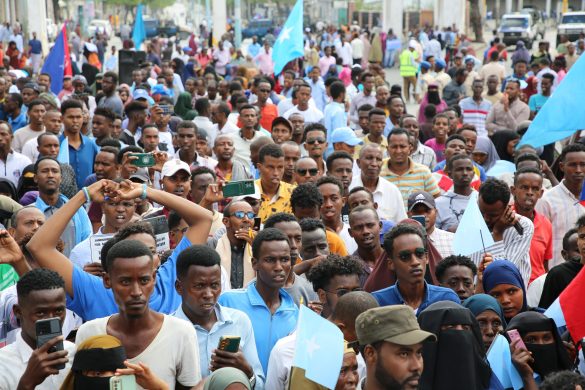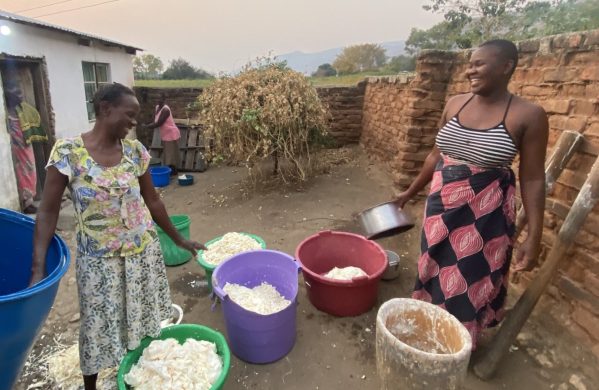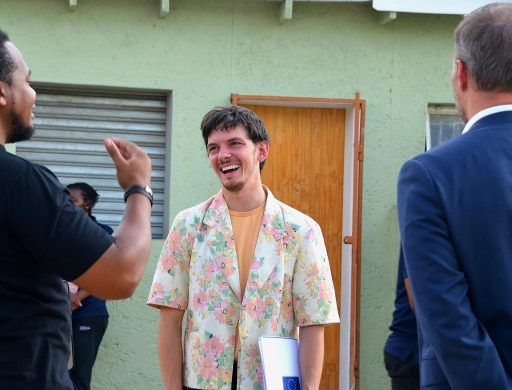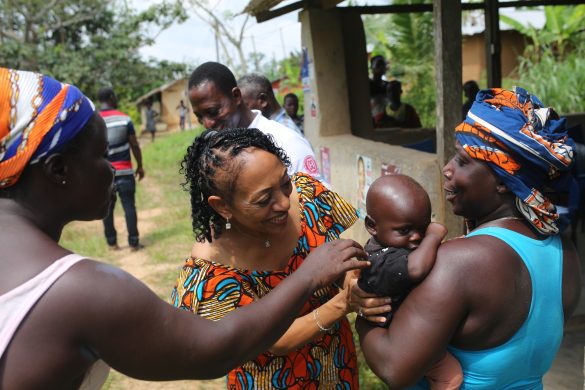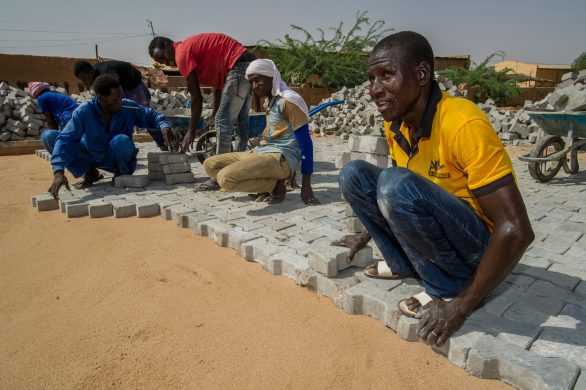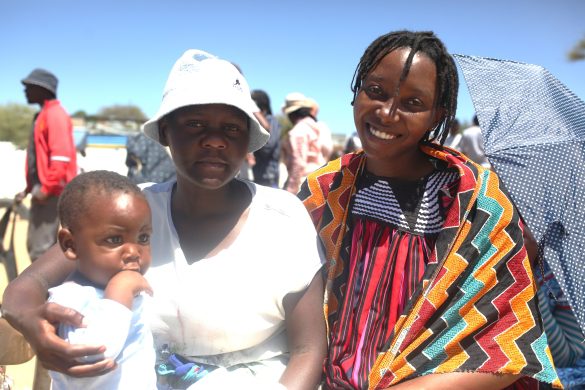Materiale fra Nordiska Afrikainstitutet i Uppsala i Sverige i anledning af 10-året for folkemordet i Rwanda
In the evening of 6 April 1994 a plane, carrying among others the Rwandan president Juvenal Habyarimana, was shot down while approaching Kigali Airport. All passengers and crew perished.
The significance of this event is still, and particularly during these days, subject to disagreement:
Was it, as suggested in a recent French police report, an act by Rwandas Patriotic Army (RPA), provoking the genocide? Or was the operation carried out by certain Hutu extremists to provide a pretext for launching the genocide, planned in detail at least since the beginning of the year?
Approaching the 10th anniversary of the Rwandan Genocide, it is important that we remind ourselves about the 100 days that followed. Why? A good reason is, as Gerald Caplan writes, that most students of the subject agree that this “constituted one of the purest manifestations of genocide in our time”.
What occurred was thus not “yet another African tribal conflict”, as many Western reporters maintained. On the contrary, the Rwanda Genocide meets all the criteria set in the 1948 Geneva Convention.
Caplan, Gerald; “Why we must never forget the Rwanda Genocide”, February 2004. The article will be published in NEWS from the Nordic Africa Institute later this month.
Useful websites:
Human Rights Watch: Leave none to tell the story. Genocide in Rwanda, March 1999. This voluminous report (over 800 pages) is perhaps the most comprehensive of existing descriptions of the “100 days”. www.hrw.org/reports/1999/rwanda/
Report of the independent inquiry into the actions of the United Nations during the 1994 Genocide in Rwanda, December 1999 (the Carlsson-Report) www.ukuli.org/raponu.html
The US and the Genocide in Rwanda 1994. A National Security Archive Electronic Briefing Book. William Ferroggiaro, Editor, August 2001. This Electronic Briefing Book offers shocking documentation of how US authorities deliberately prevented interference into the Genocide. www.gwu.edu/~nsarchiv/NSAEBB/NSAEBB53/index.html
An excerpt from The Rwanda Crisis: History of a Genocide, by Gerard Prunier. Prunier is a French scholar and journalist, who has followed developments in the great Lakes Region for many years. His book, History of a Genocide gives a detailed account of events leading to the Genocide all through from 1959.
www.pbs.org/wgbh/pages/frontline/shows/rwanda/reports/prunierexcerpt.html
Additional Rwanda links.
www.rudyfoto.com/RwandaLinkPage.html
For more information: Lennart Wohlgemuth, Director, The Nordic Africa Institute Tel: 00 46 18 56 22 08, E-mail: [email protected]
Thomas Ridaeus, Information Officer, The Nordic Africa Institute
Tel: 00 46 18 56 22 30, E-mail: [email protected]





